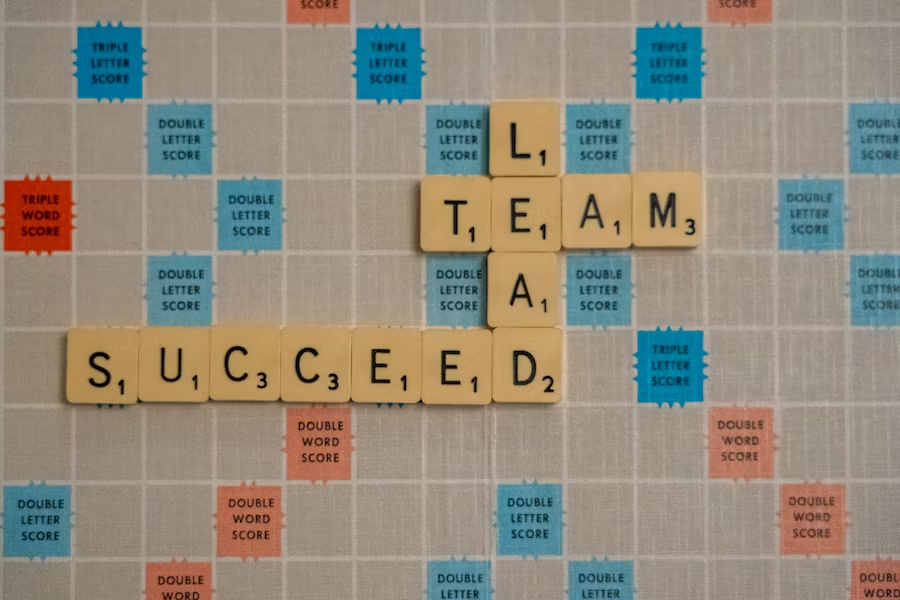Turning Strategy Into Results | Next Level Careers
Featuring: Jeff Sears, Global Head of Strategy and Operations for the Communications and Investor Relations Division at Astellas Pharma
August 6, 2025

Operational Excellence: The Link Between Big Ideas and Real Outcomes
What do public speaking, debate club, theater, and newspaper writing have in common? They all utilize communication–something that Jeff Sears has always had a passion for and a talent in. Sears leveraged this passion in the classroom, his college fraternity, and eventually the workplace, leading to a series of roles in communications. But it was his move into operations that changed the game.
Now the Global Head of Strategy and Operations for the Communications and Investor Relations Division at Astellas Pharma, Sears helps international teams turn high-level strategy into tangible, measurable outcomes, while ensuring these teams are supported and set up for success.
His job, in short, is to make sure big ideas don’t just sound good for the company, but that they work when put into practice, using strategy, tactics, and operational leadership.
Bridging the Gap Between Strategy and Action
Some people get a reputation for being visionaries, while others thrive in the trenches. Sears lives somewhere in between. “I’ve been called a unicorn,” he admits. “I’m able to think about the big picture strategy, while also being able to think through the nitty, gritty details of what would need to happen to bring that strategy to life and make it executable.”
To Sears, strategy only works if it’s understood across every level of the organization, from long-term vision to near-term action to day-to-day work. That’s why he moves fluidly between strategic, tactical, and operational thinking and builds the structure so others can do the same.
Part of that structure is ensuring teams have full context internally and externally.
“Strategy is more than just what's happening with us,” he says. “It's also understanding what's happening in the external environment with competitors, with the government, regulatory space, with media, with investors, and shareholders. [Teams] have to understand the external audiences, but they also need to understand the internal audiences.”
For Sears, strategy is only useful if it helps people act. That’s why it needs to come with a plan, not just a purpose.
“Strategy should have SMART goals associated with it, and every single thing that we're doing should have some way to help move the needle,” he states.
When you align strategy with execution, clearly, consistently, and contextually, you create momentum that lasts and leads to real results.
Leading with Strengths, Not Control
Sears doesn’t micromanage. He establishes trust and then builds on it through a strength-based leadership style inspired by Donald O. Clifton and Marcus Buckingham’s book Now, Discover Your Strengths. What’s one of Sears’ top strengths? Strategic Achiever and Maximizer.
“I help to maximize the skill sets that individual team members have,” Sears says. “I help them discover some of those skill sets on their own, help them nurture and develop them, and then leverage them.”
He’s the kind of leader who can spot potential that others might miss and then help shape it into something impactful. Whether it’s a team member with untapped strategic thinking or someone with the grit to manage tough timelines, Sears’ thought process is, “Let's find a capability. Let's find a skill. And then, how can we tap into that?”
That outlook is what makes him such a strong fit for a global role. Leading international and domestic teams across time zones and cultures requires a high level of trust, flexibility, and humility. It’s not about controlling every outcome, but about providing the right resources and building the right systems that allow people to do their best work.
“We all have different strengths in different areas,” Sears says. “Nobody’s perfect. We all have gaps.”
Why Familiar Doesn’t Mean Forward
Even the strongest strategy can fall flat without clarity and alignment around the larger vision. “When strategy is being shared, people have a hard time articulating it because they have a hard time understanding it themselves,” Sears says.
That’s where operational leadership becomes essential. It’s not just about execution; it’s about communicating the why and preparing stakeholders to act with purpose by providing them with the resources needed to connect the dots.
Sears says. “The strategy should be your decision-making tool to determine if this is something that I should be doing, rather than trying to fit the tools and work that I'm doing into the strategy.”
He goes on to say how people can fall into “default mode” by making decisions based on what feels familiar and comfortable rather than taking new steps to move the organization forward.
According to Sears, comfort can be the enemy of progress. His approach? Give people the space to grow, but don’t skip the tough conversations. Support their development while pushing them to align with the bigger picture.
The Message Behind the Metrics
One trap many organizations fall into is the way that they view and measure “success” metrics.
Qualitative and quantitative data, KPIs, and other metrics might offer answers, but the results that matter are the ones grounded in the big picture. “Only measure and report on the things that you will use to change your plan, approach, or strategy,” Sears says.
It’s a simple but powerful philosophy: if a report won’t help you do something differently, it’s just noise. He calls these “vanity metrics,” the stats that look good in a dashboard, but don’t tell the real story.
“Take time to measure the problem you’re trying to solve,” he says. According to Sears, this is just another area where a “quality over quantity” mentality goes a long way.
The Power of Doing the Right Things, in the Right Order
For Sears, great operations don’t just happen at the executive level–they happen in the way we manage our time on a day-to-day basis.
“It’s like chores. I can start the laundry, and then I'm going to have a period of time while it's washing that I can go and start dinner,” Sears explains, drawing the connection between task management at home and at work. “The things that you start right away are the things that I need to get into someone else's hands so that they can do their part. And while they're doing their part, I can be doing other things.”
It’s a practical mindset, and it reflects a much larger truth: organizations work better when people think ahead, prioritize well, and set others up for success.
Where Progress Takes Shape
Sears reminds us that big ideas don’t succeed on vision alone. They need structure, accountability, and thoughtful execution.
That’s the heart of operational leadership, and it’s what turns strategy into progress. And when it’s done right, everything (and everyone) moves forward.
Like what you’re reading?
Never miss our latest insights when you subscribe to our newsletter.






